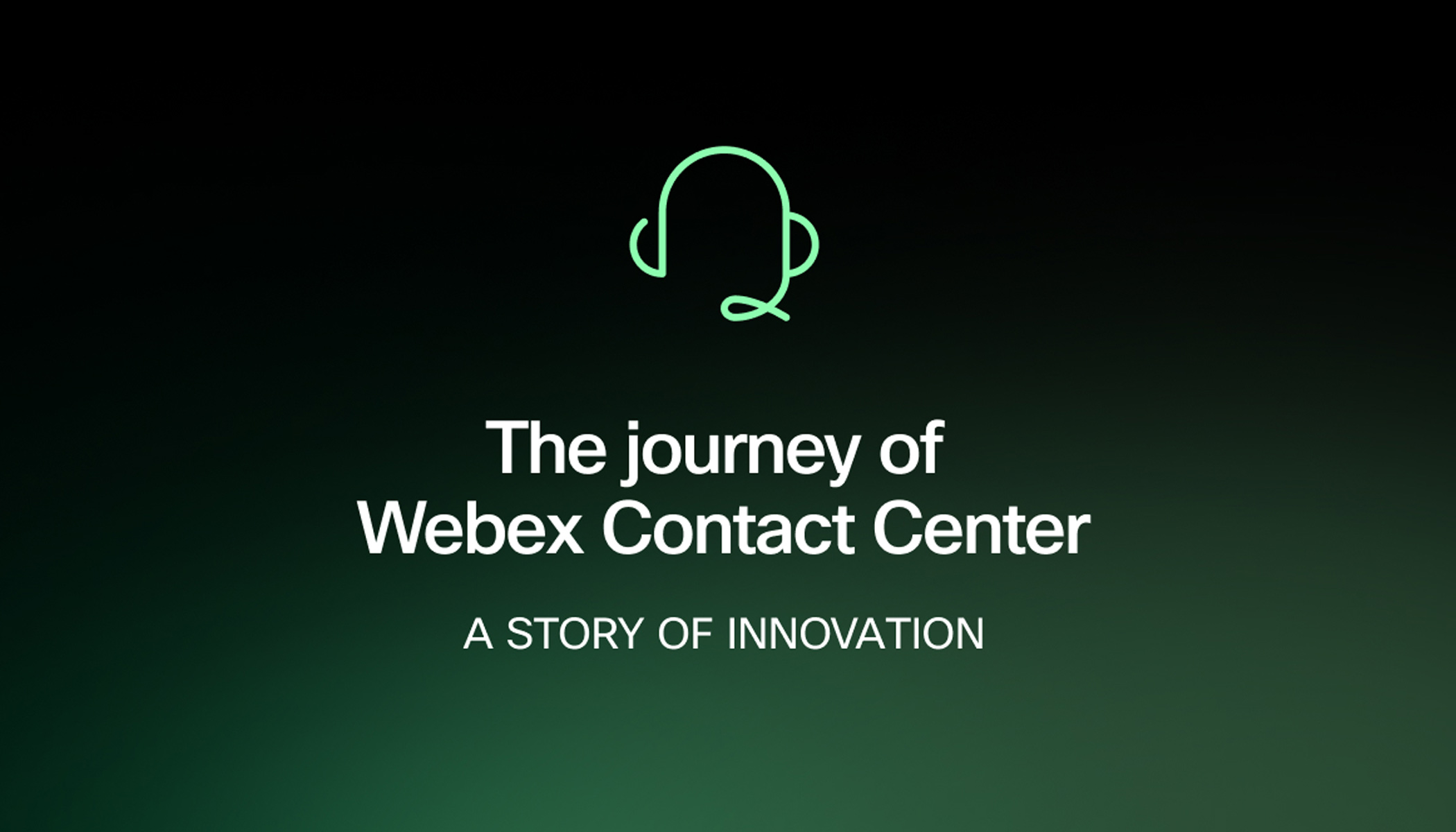In India, Business Process Outsourcing (BPO) is one of the fastest-growing segments. Like any other industry, the BPO sector has been hugely affected by the pandemic but also shown extraordinary resilience during this time. In this 2-part blog series, Jamie Romanin shares his perspectives on the unique opportunity presented to the India BPO sector through innovation and collaboration as we see industry peers in India navigating through hybrid work.
Part 1: Contact centers at the ‘forefront of innovation’ in the age of blended work
A once-in-a-century event like a global pandemic is reshaping the ‘way of life’ or ‘human condition’ for every nation around the world. In fact, if the pandemic has taught us anything at all it’s that our world has irrevocably changed forever – both personally and professionally – and there’s now a greater need and urgency to foster better connections and implement smarter, more innovative business processes to cater to the new normal: the hybrid work model. Businesses, in particular, recognize the need to adopt technology and set up robust processes for this blended work model. Like the rest of the world, India has been grappling with these and other demands – but encouragingly, the local Information Technology (IT) and Business Process Management (BPM) industry was the first to get back on its feet after the pandemic-related national lockdown in India. What’s more, the growing demand for IT services acted as a tailwind, pushing the industry to adopt technology and set up robust processes for this new blended work model. And while the world struggled during the initial months of the pandemic to adapt to remote work – with workers even forced to share infrastructure and resources with family members as there was a massive transition to working from home- several market bright spots are playing out right across the nation. In Part 1 of our 2-part story, we examine these and other trends, looking at hybrid work and how the contact center in particular – a vital and foundational business process – has shifted and transformed itself – and risen to today’s challenges in this new age of work from anywhere.Pivot to success
For starters, the Indian contact center industry, in particular, played its part and rose to meet the newfound challenges for remote work and quickly pivoted, moving to a distributed workforce and adopting a host of automation and platform services. This clever, calculated move has reaped benefits for the entire industry, which has seen a marked rise in uptake over the last several months as customer experience interactions shifted online and the workforce serving customers became distributed. Let’s consider the numbers: The BPM industry, for example, saw a growth of 2.3% at $38 billion during the financial year ending March 31, 2021, according to estimates from software industry body NASSCOM. The Indian government, meanwhile, estimates the sector has the potential to reach $55.5 billion by 20251 (PTI, 2021). The statistics show that businesses are open to responding to market change – eager to recognize the importance of adopting intelligent business processes and eager to adopt a new and empowered contact center culture that’s leading the charge and empowering organizations to digitally transform and optimize operations.Evolving customer expectations
Indeed, change is everywhere. Changes brought about by the pandemic have also altered customer expectations, with businesses struggling to keep up. Let’s face it: lockdowns and working-from-home have led to an increase in service inquiries and an expectation of ever-shorter resolution times. Remember the last time you visited your bank in person or any other customer-facing organization? This scenario is playing out across all sectors. And it’s certainly playing out at large for the contact center industry, which has become critical for businesses to manage customer service and support across multiple channels. And expect action to ramp up on the Business Process Outsourcing (BPO) front. With the tide of digital transformation building momentum, businesses – now more than ever – are willing to entrust their customer experience operations to a partner who can deliver, so the company can focus on its core operations. While the BPO market saw an initial dip in growth – especially during the first quarter of fiscal 2021 as the country underwent lockdown and saw technology spending by companies dropping due to concerns around delivery – this scenario is surely set to change – and we’re already seeing positive growth.Incentives fuelling growth
So what other measures are fuelling market momentum across the board – for the contact center arena, in particular, and beyond? For starters, the blended model of work in the pandemic era has seen the Government of India relaxing compliance and regulatory burden on the industry and enabling a ‘work-from- anywhere’ model. In November 2020, the Indian government issued revised guidelines for Other Service Providers (OSPs)2 (Bureau, 2020), which were expanded further in June 2021. The revised guidelines quash the distinction between domestic and international OSPs and allow for interconnectivity of all types of OSPs. The guidelines also eliminate the restrictions on data interconnectivity between OSP centers of the same company or group company or unrelated companies3(Doval, 2021) . These guidelines primarily address the voice-based BPOs, apart from Knowledge Process Outsourcing (KPO) and IT-enabled Services (ITeS) players and call centers. Abolishing the restrictions has helped expand the talent pool to those living in smaller cities and towns. This also ensures India – the world’s biggest outsourcing destination – continues to be as competitive as the Philippines and other geographies increasing their share. In yet another positive move that will boost the BPO industry, the government has notified those outsourced services to India or carried out in the country for foreign entities won’t be in the ambit of 18% goods and services tax (GST)4 (Sikarwar, 2021). This will aid contact centers in India to compete with other countries in terms of costing revenue. Certainly, these moves are all welcomed by the local industry – and point to a government that’s proactive in helping the industry. But we want to explore the topic even further – and invite you to check out Part 2 of the story, where we quickly touch on some of the hurdles on the pathway to a blended work environment, the importance of elevating the customer experience, as well as examine the latest contact center functionality helping workers thrive in the hot new innovative contact center arena.To learn more about how Webex can help power team collaboration in the era of hybrid work, check out more thought-provoking blogs here.Sources
- PTI. (2021, February 15). LiveMint.
- Bureau, F. (2020, November 06). The Financial Express.
- Doval, P. (2021, June 24). The Times of India.
- Sikarwar, D. (2021, September 21). The Economic Times.





